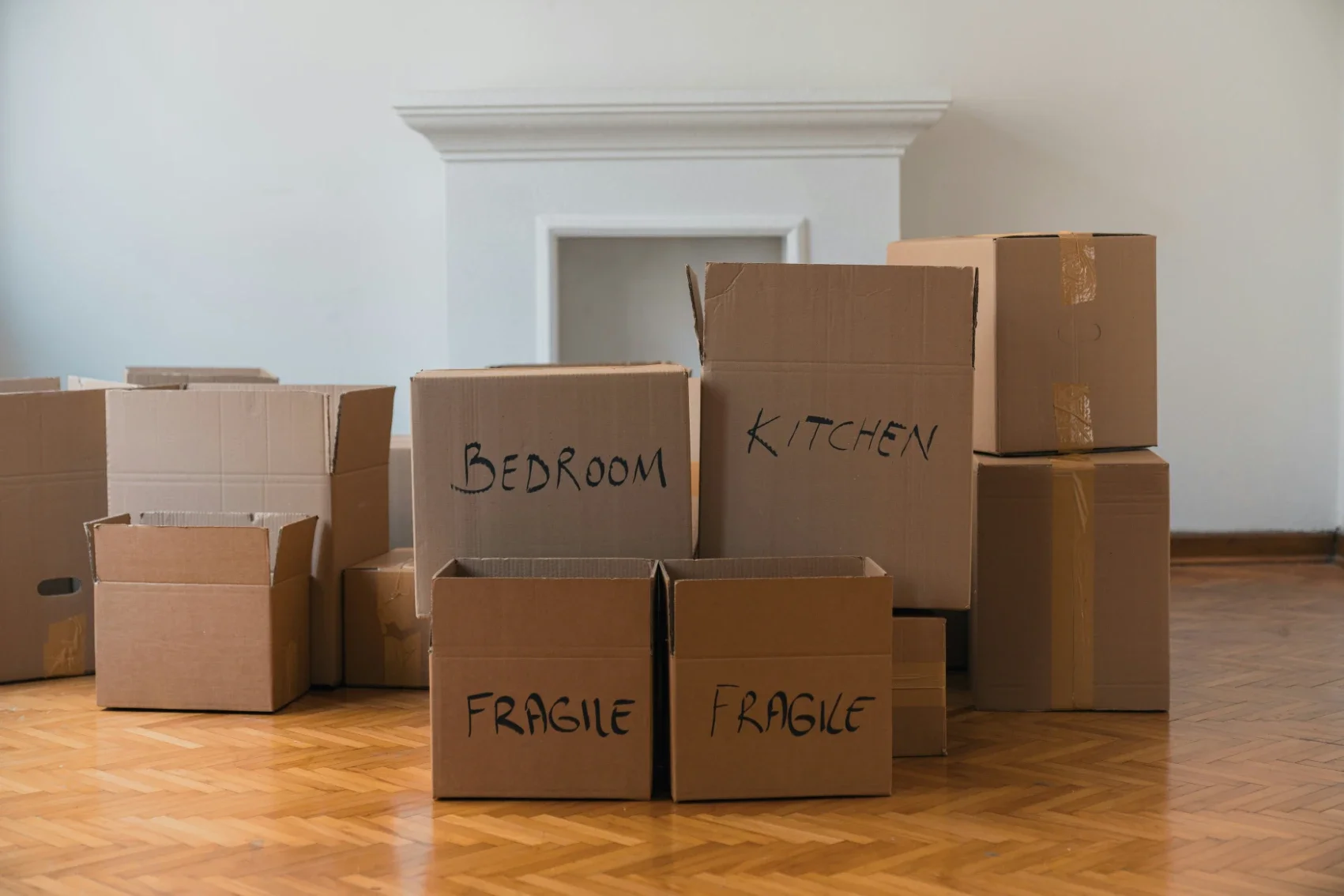Can I Move a Piano Myself? What You Need to Know Before Trying
Thinking of moving a piano yourself? Learn the risks, tools, and tips you need to know before attempting this heavy, delicate task on your own.

A lot of piano owners find themselves needing to move their instrument somewhere else, and that’s when most people consider doing it on their own to save money on hiring a team of professional movers. However, moving a piano on your own also comes with its own costs, even though some of them might not be obvious at first glance.
Here’s everything you should know about the issues you will have to deal with when trying to move a piano by yourself.
Pianos Are Heavy and Complex
Pianos are made of multiple complex components that are difficult to transport and are very easy to damage. Hammers, strings, dampers, keys — all of it is supposed to stay in perfect balance, and if you choose to handle piano moving by yourself, you would have to learn a lot to do it properly. Otherwise, you risk breaking the mechanism altogether, and the repair work isn’t going to be cheap.
Pianos also have a fragile body and paint finish, meaning that even a single wrong movement can result in visible scratches, dents, or even cracks.
Equipment Costs
Moving a piano requires specialized tools and equipment — attempting to drag or lift the instrument on your own is dangerous and can result not just in the instrument getting damaged, but also in potential injuries. Professional piano movers use special dollies and skid boards that are specifically designed to support the weight of the instrument.
However, if you choose to move the instrument on your own in a proper way, you will find that purchasing these tools may not be worth it in the end. After all, if you don’t plan on moving your piano regularly, it becomes a one-time-use purchase, losing most of its value. These tools also require a little bit of experience to use properly. This is also not the full extent of your expenses: you will still need gloves and lifting straps, for instance.

If you add the costs of potential injuries and the damage caused to the surroundings, you will quickly discover that the option isn’t as appealing as it seemed to be at first. At this point, hiring a professional team is a much more reasonable financial decision that also saves you time and effort. Speaking of which…
Time and effort
There is no secret — moving a large, heavy, yet delicate instrument is incredibly time-consuming and requires a lot of physical effort. Even if you consider yourself well-used to this kind of work, you still require help from a few other people to move it appropriately.
Not only that, the amount of time spent on planning and preparation alone can be significant, especially if you have to move the piano upstairs or navigate tight corners. If you haven’t done this before, you are very likely to make some mistakes, which will inevitably result in damage to the instrument or surrounding walls and furniture.
Conclusion
If you have no prior experience moving pianos as well as no special equipment to do it, hiring a team of professional movers will definitely be a better choice.
Stay up to date with our latest ideas!

Sophia is an organizational expert who believes that an organized home leads to a clear mind. With her decluttering strategies and storage solutions, she empowers readers to create orderly and efficient spaces.




























